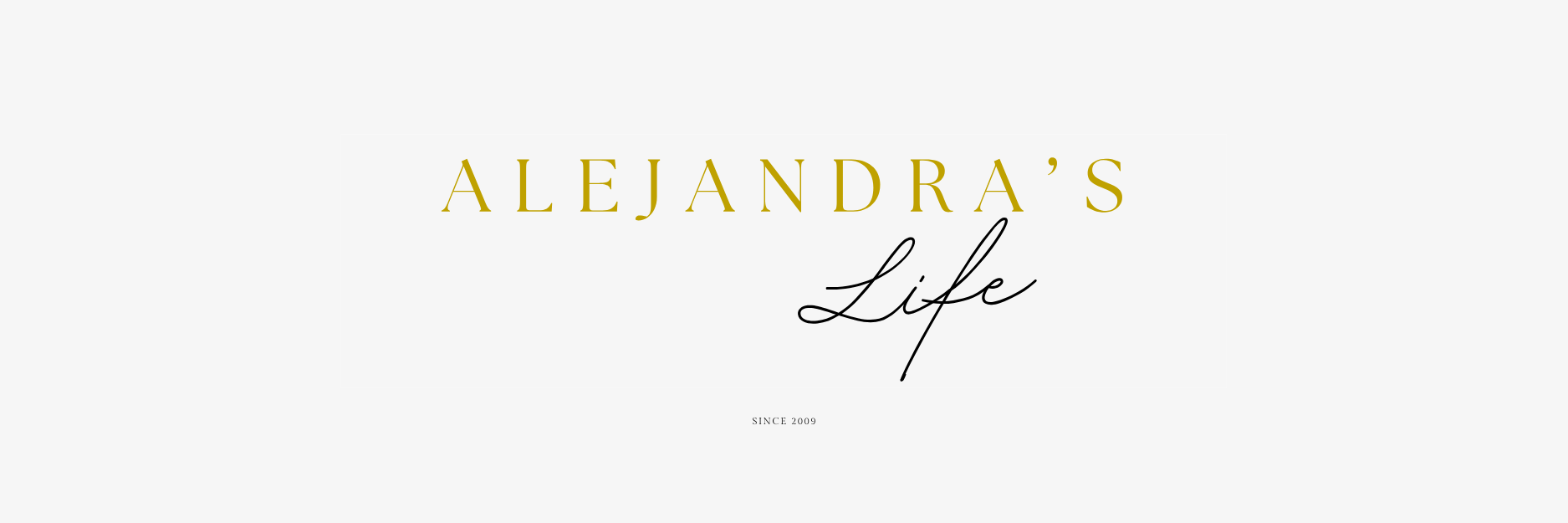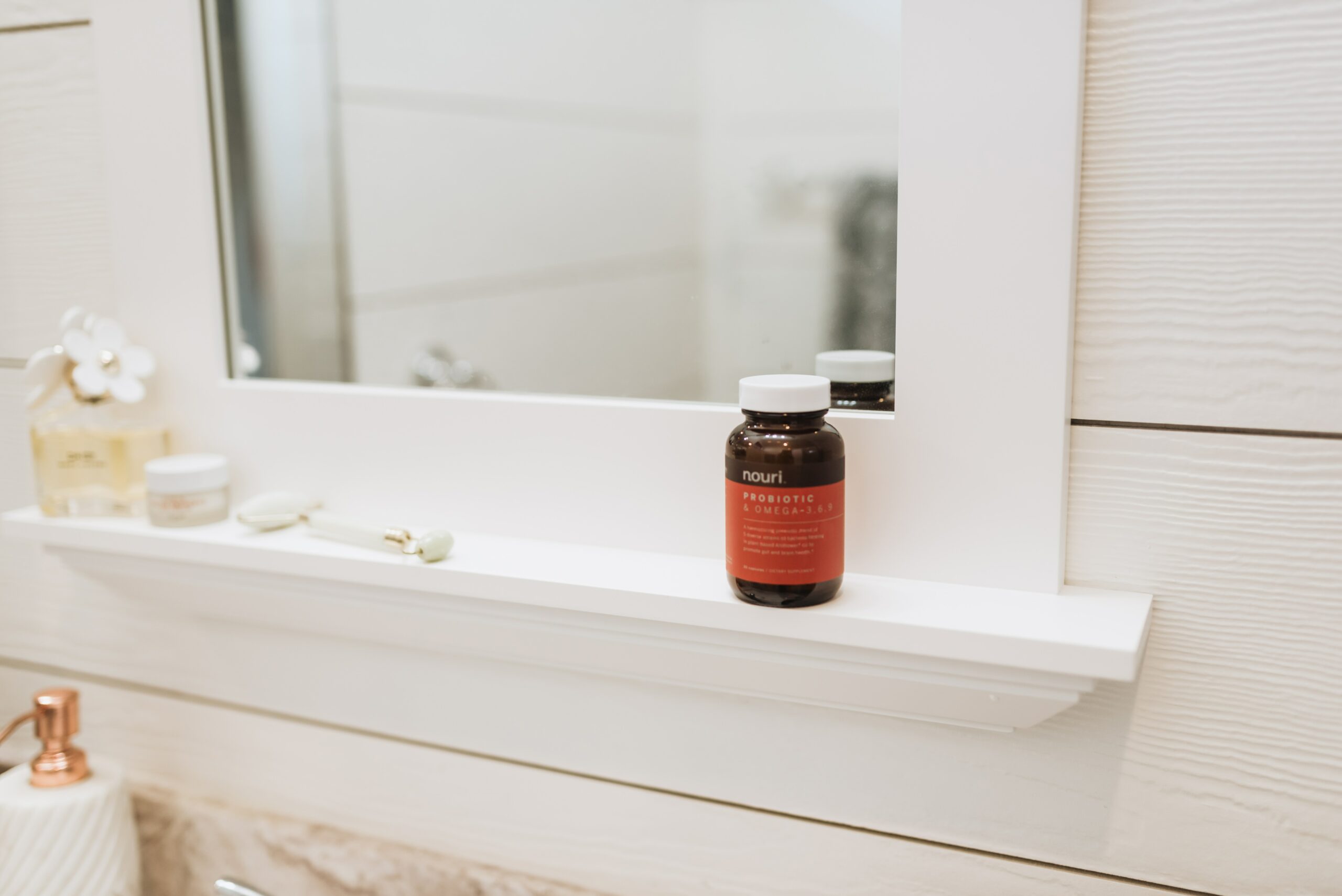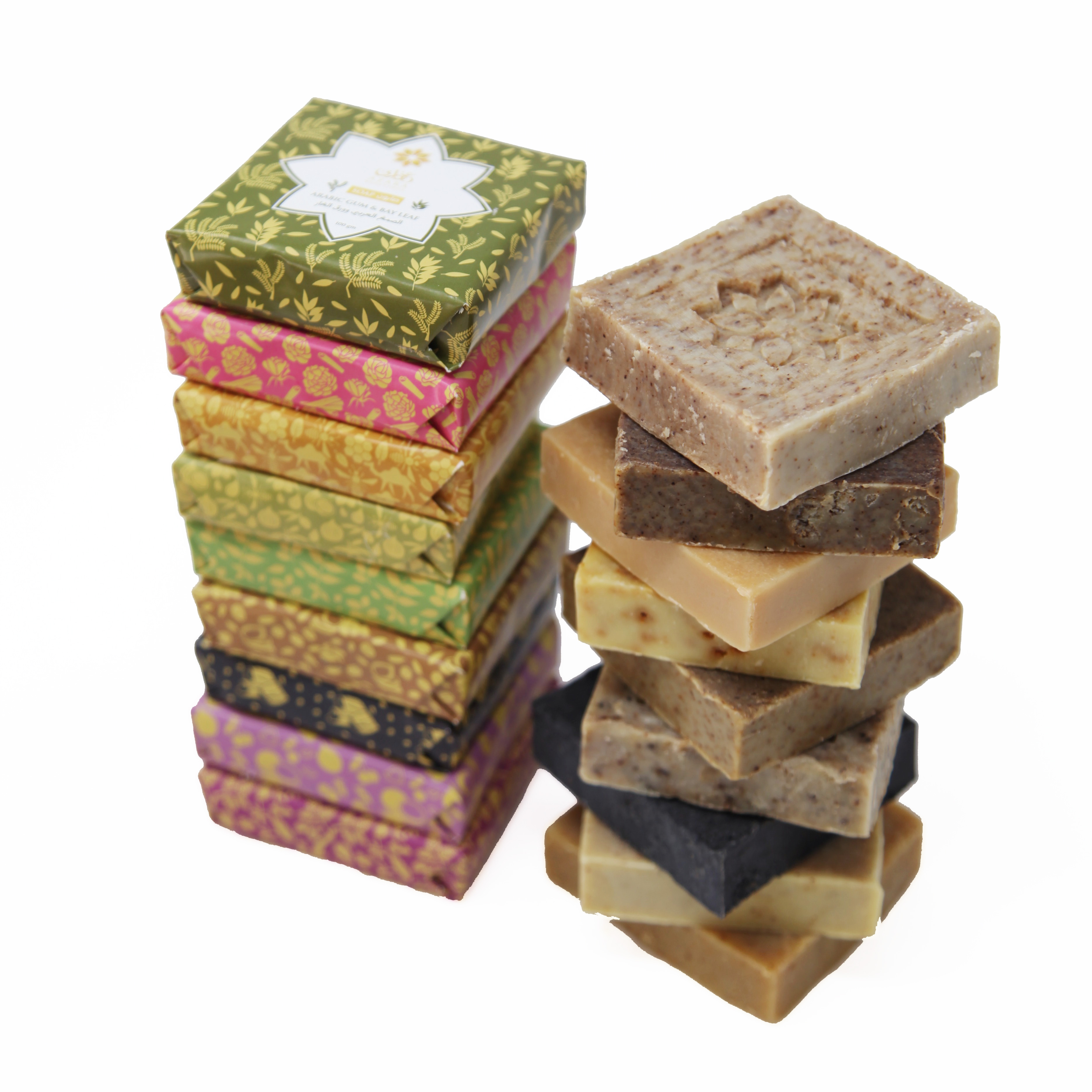Traditional braces have played a huge role in helping people get the smile they want. Recent studies show a high demand for braces, especially among adults, with 75% of orthodontists reporting an increase in adult private patients. But many people prefer other types instead of traditional metal ones with visible aligners. If you’re one of such people, you may be surprised to learn that traditional braces are not the only option. Thanks to constant improvement in dental care, several alternatives are now available. So, do you want to align your teeth but don’t want to wear metal braces? Here are five alternatives to traditional metal braces worth considering.
Self-ligating braces
While not all traditional braces require rubber bands or elastics, orthodontists usually need to incorporate them in the treatment plan if your misaligned teeth or jaw need a bit more push to move. But these rubber bands usually cause discomfort as they apply pressure to the teeth and jaw. Some patients even report allergic reactions, as some rubber bands contain latex. The bands can also easily break when wearing them. Self-ligating braces have solved all the issues with traditional metal braces regarding rubber bands. They allow orthodontists to weave the wire directly through them on each tooth, eliminating the need for rubber bands. Also, their design makes them much smaller than traditional braces and less visible, perfect for those looking to be discreet.
Clear braces
Clear braces, like Invisalign, have pretty much revolutionised orthodontic treatment. Traditional braces are made of metal, usually stainless steel, and composed of brackets adhered to each tooth. Despite their effectiveness in straightening teeth, they have some drawbacks. For example, flossing and brushing all the areas between the teeth and around the brackets can be very difficult. Moreover, their visibility makes them aesthetically unpleasant to some people. As if that’s not bad enough, enjoying some of your favourite meals with traditional braces is hard. Clear braces have eliminated all the issues of metal braces. As the name suggests, they are practically invisible, as they come in transparent, removable trays designed to slowly shift your teeth into the desired positions. They’re as effective as traditional braces but have added advantages, as you can easily remove them and clean your teeth.
Ceramic braces
Ceramic braces are another popular alternative to traditional metal braces. Like clear braces, the ceramic ones are less conspicuous, as you can tint them to nearly any colour. Of course, in most cases, you’ll prefer a colour as identical or similar to your natural tooth shade as possible. This way, most people won’t be able to tell whether you wear braces. Because they’re made from translucent materials, they appear slightly more visible than clear aligners. But they’ve proven to be as effective (if not more effective) than traditional metal braces. And they’ve proven to be a preferred choice for adults with already established permanent teeth.
Removable retainers
While many consider removable dental retainers only when their traditional braces come off, you can use them as alternatives instead of metal braces. If your teeth are only slightly crooked because of minor overcrowding or spacing issues, you can use a retainer to align them. Even better, you can have a removable retainer custom-designed to guide a tooth in the designed position over time. That makes it a great alternative for those looking for a less intrusive alternative orthodontic solution. Most retainers have a piece of wire attached to plastic or acrylic. Because they’re removable, you can easily take them off whenever you want to enjoy your favourite meal or participate in a highly physical activity. Not only will a retainer prevent tooth movement and shifting, but it will also decrease the risk of periodontal disease and help you improve your oral hygiene.
Lingual braces
If you prefer traditional braces but want something more discreet, lingual braces may be your perfect option. They are designed to work like traditional metal braces using wires and brackets. But they come with a twist – they go behind or at the back of the teeth, making them virtually invisible to the naked eye. And that’s how they have the name, ‘lingual.’
Many adults find this option appealing, especially those needing more extensive orthodontic correction but still want to maintain polished front-facing teeth. Also, the fact that they sit on the tongue side of the teeth means there’s no risk of damage to the front side of your teeth.
The only downside to lingual braces is that all the problems associated with traditional metal braces will remain, apart from the discreteness. They may even be harder to clean for most people because of their back position.




